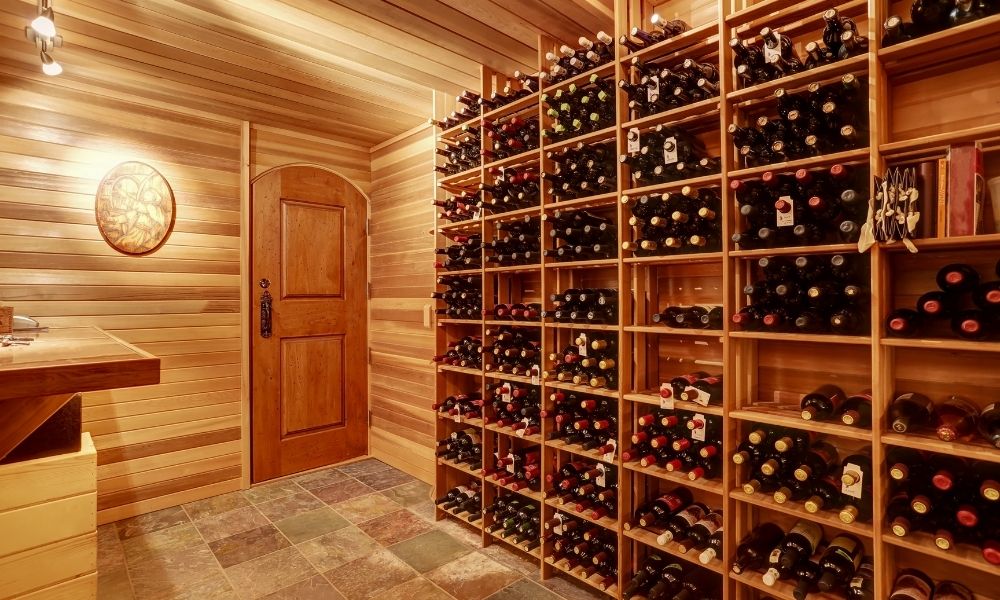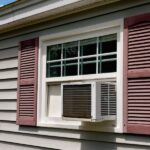
To create a successful wine cellar, you need an effective cooling system that keeps the temperature and humidity of your cellar consistent. That said, the wine cellar cooling system you pick can differ based on the needs and design of your cellar. Let’s look at the three different types of wine cellar cooling units to help you better understand your options.
Through-the-Wall Cooling Systems
Through-the-wall cooling systems, also called self-contained systems, are the easiest to install and maintain because all the components are conveniently together and mounted on the wall, much like a window AC unit. While the unit expels cool air into your wine cellar, the hot air it generates gets expelled into the area on the other side of the wall. This is significant because you need to ensure the area on the other side of the wall is large enough to allow the heat to disperse properly. Failure to do so will cause the cooling system to work even harder, causing it to require more maintenance and creating excess condensation that can cause water damage. Through-the-wall systems are best for smaller wine cellars, and while they’re the easiest systems to deal with, they’re also the noisiest.
Ducted Cooling Systems
If you want to avoid noise and vibrations, then you should go with ducted cooling systems. These are your best option out of the three different types of wine cellar cooling units. They’re great for larger wine cellars, and their ductwork allows for the cooling units themselves to be in more remote locations. This creates more flexibility in the installation, but you also need to ensure your walls can support a ductwork system. This ductwork will also require an HVAC-R technician specialist to inspect and maintain your cooling system. You must also diligently clean the ducts to get rid of debris and ensure air flows effectively.
Split Cooling Systems
The split cooling system is a good medium between ducted cooling systems and through-the-wall systems. With this system, the condenser and evaporator are in two separate units connected with an insulated suction line and a liquid line. This option is more expensive than a through-the-wall system but isn’t as expensive or involved as a ducted cooling system. Furthermore, these units can be wall-, floor-, or ceiling-mounted for a bit more flexibility.






